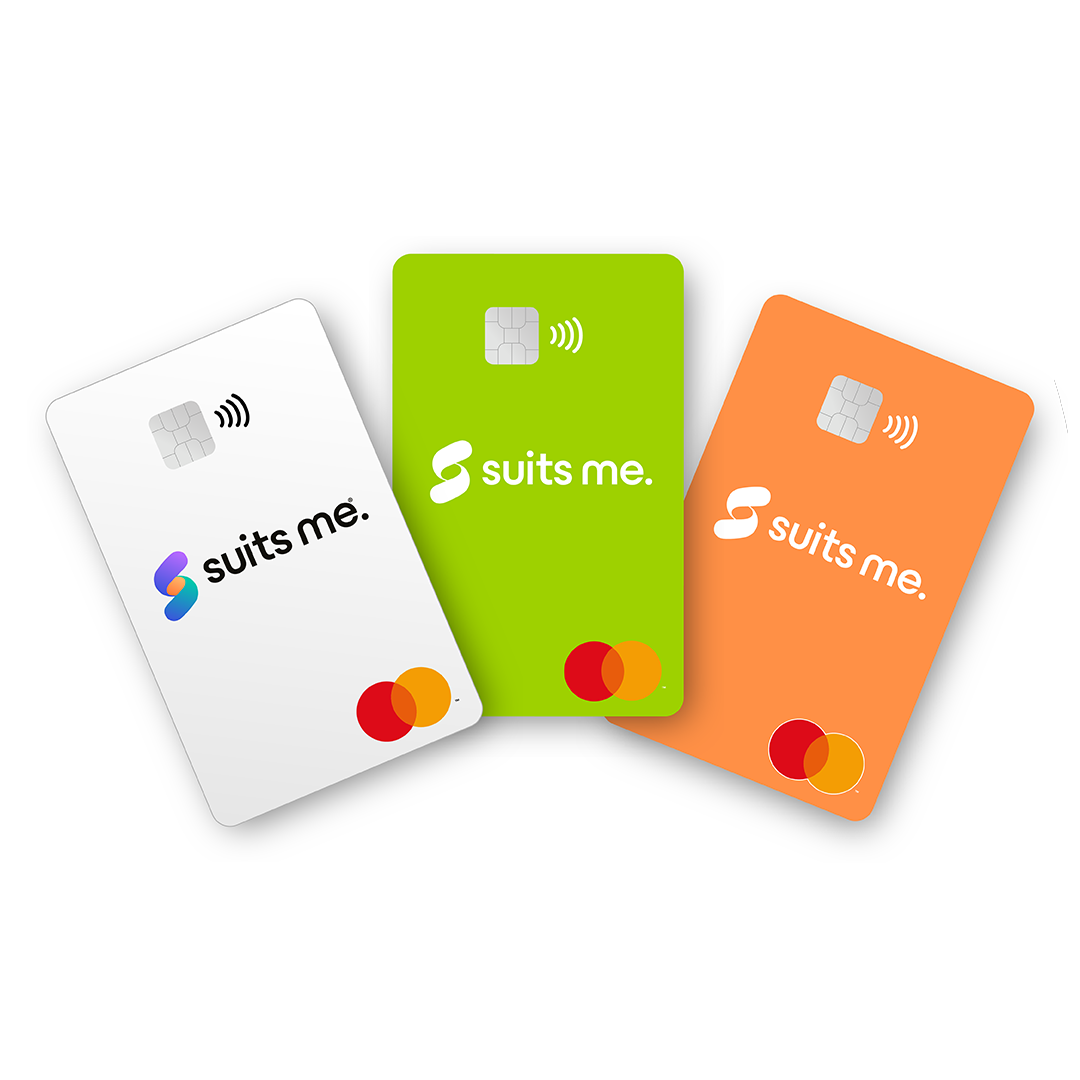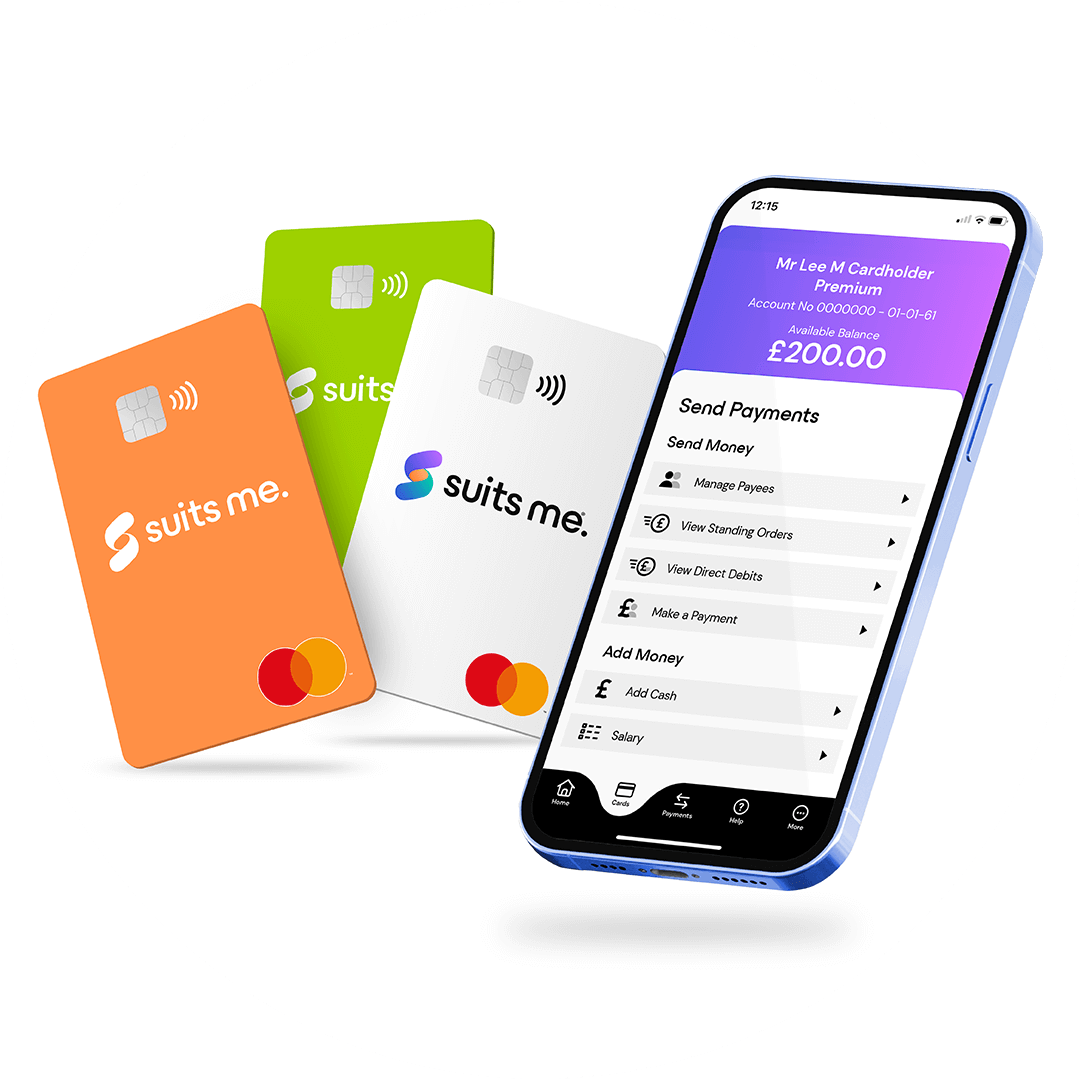
You may have heard the word “blockchain” floating around the banking, cryptocurrency, or investment industries over the last few years. In this blog post, our blockchain beginners guide discusses the basics of blockchain technology and what all the hype around it means.
So, What is Blockchain?
The definition of blockchain is described as “a system in which a record of transactions made in bitcoin or another cryptocurrency are maintained across several computers that are linked in a peer-to-peer network”.
Although this definition sounds complex, it’s actually a lot easier to understand. Put simply, blockchain is a digital, unforgeable, record of transactions – almost like a diary or spreadsheet – which is stored on a public database and each time a set of transactions are added, the data becomes forms another block in the chain.
The blockchain itself is updated every ten minutes which allows for the new data and transactions to be added to the chain.
Breaking Down the Blocks
The block consists of pieces of digital information which have three areas to be aware of.
- The information transferred: The blocks store information about different transactions. This includes things like the monetary amount sent, date, time, and destination of the transaction.
- The storing of this information: The blocks store the information about who’s involved in the transaction – i.e. your name, and the company you’ve made a purchase with.
- The data within the blocks: Each block comes with a unique code called a “hash” which differentiates them from other blocks. These hashes are cryptographic codes which are generated by specific algorithms.
It’s important to remember that one single block within a blockchain can store around 1MB of data so can actually, house thousands of different transactions (depending on the size of the transaction) in the same block.
How Does Blockchain Work?
The best way to describe blockchain is by picturing an Excel Spreadsheet of payment transactions which are duplicated thousands of times across a whole network of computers. However, this network of computers is also intelligent enough to regularly update this spreadsheet with new transactions.
The information held on these networks is then brought together to form one large database which is then stored publicly (and not in one single place) and therefore is easily accessible by anyone and can’t be hacked or corrupted. This is because the information is hosted on across millions of computers (known as nodes) simultaneously.
What’s the Point of Blockchain?
William Mougayar, a blockchain specialist, created this analogy to easily describe the point of blockchain: “The traditional way of sharing documents with collaboration is to send a Microsoft Word document to another recipient and ask them to make revisions to it,
“The problem with that scenario is that you need to wait until receiving a return copy before you can see or make other changes because you are locked out of editing it until the other person is done with it. That’s how databases work today.”
Although you certainly don’t need blockchain to share documents, it would completely speed up the process and allow all parties involved to keep better track of documents.
If you now bring this back to the banking industry, when making a payment transfer, banking providers currently:
- Briefly lock access (we’re talking seconds) or decrease the balance of the account,
- Make the transfer,
- Then update the other side (payment recipient’s banking provider),
- Then re-open access/update the balance of the account.
However, if both parties had access to this shared database, it would rapidly speed up transactions and remove the wait time for the funds to appear in the account.

Understanding the Three Pillars of Blockchain Technology
There are three main reasons why blockchain technology has gained a lot of widespread acclamation over the recent years.
1. It’s Not Owned by a Single Individual or Company (Decentralised)
We rely on more centralised services to gather the information we required. Think your smartphone linked to Google – you do the search and then you get the information back in a matter of seconds. This works fine, however, there are some problems with this:
- As the data is stored in once place, it could be prone to hackers.
- Software upgrades could mean a holt to the entire system.
- If the centralised service became corrupted for whatever reason, all that information would be lost or compromised.
Whilst compared to the decentralised blockchain system, this could not occur as the information is not stored in one place but across thousands.
2. Anyone can Track the Data (Transparency)
This isn’t to be confused with privacy. If you use blockchain, your personal information would be encrypted using complex cryptography, but the transaction amount would be visible and “public address” will still be visible.
Your public address isn’t linked to your physical residence, but if a long piece of code – which if you search for it – you will be able to see all the previous transactions made and the funds received. So, if you send some money to a company via bitcoin, you would be able to view their transactions through their public address using an explorer, which allows more countability measures in place.
This level of transparency has never existed before within a payment system before which allows for more accountability which is required with some of the larger-scale institutions. Of course, there are still other methods of payment a company could use – but it’s certainly a step in the right direction.
3. The Data Cannot Be Altered (Immutability)
Once data has been entered into the blockchain, it cannot be tampered with or edited at all. There would be no opportunity for people to embezzle funds or make unsanctioned transactions.
This is where the “hashing” algorithm comes into play. There are various hashing algorithms available, but they work very simply by entering the input you would like and then converting it to a unique code which functions as the encrypted, signature of the original input data.
For example:
The algorithm converts Jeff Jones’s 1 BTC into a string like: 0c3e77ad38d78c28a98fd6e9b6e278ab8e179cd940a722628ad731738956629f.
Have You Heard of Bitcoin?
You may have heard of the cryptocurrency bitcoin before? Bitcoin is powered by blockchain technology and uses blockchain to facilitate payment transactions over an open network using an encrypted format, which doesn’t expose the identity of the bitcoin owner.
Bitcoin promotes the anonymity of payments, by disguising the user’s identity through “hashes” and was the first example of blockchain technology in action. The digital payment system enables users to make peer-to-peer payments without needing a “middleman” to facilitate the transaction.
But Blockchain isn’t Private – is it Safe to use?
So firstly, anyone at all can view the contents of a blockchain but there is no way to access or identify the information about the users making the transactions.
Protection from Hackers
If a hacker wanted to steal the information from the blockchain account, they would need to access and change every single copy of the transaction across all the networks, which would be pretty difficult with the millions of different copies created. Once you’ve created a block and it’s been added to the end of a blockchain, it’s extremely difficult to go back and edit the contents or information within the block.
To put this into perspective, if a hacker wanted to intercept your purchase, they would need to change the value amount which would change the whole blocks “hash”.
However, the next block in the chain will contain the original hash – meaning to cover their tracks they would need to change every single hash – which they couldn’t do without changing more hashes along the way and a supercomputer with enormous computing power.
Not all Computers are Eligible to be a part of the Network
Additionally, for computers to be involved in the blockchain network, they must “prove” themselves via something called a “consensus model”.
This involves the computers solving a complex math puzzle which allows them to become eligible to add a block to the chain and ensure the same coins aren’t being spent twice. According to Block Explorer, the odds of a person solving this are 17.56 trillion to one.
This complex system ultimately means that if a hacker wanted to co-ordinate a cyberattack, they would need to control more than 51% of all the computing power on the network to overwhelm all the other participants on the blockchain network.
A Breakdown of Nodes & Miners (Step by Step)
- Before a transaction is approved it passes through the different computers – or nodes – on the network.
- The transaction is then picked up by a special processor (Application Specific Integrated Circuits: ASICs), also known as a miner, who validates and approves the transaction information and converts it into a hash.
- This is then linked with all the previous hashes – creating a chain of transactions by mining a few and linking them all together as one – creating a block.
- This block is then linked to a previous block’s hash.
- The information on these new blocks is then relayed to all the other nodes on the system.
- The miners are then rewarded in bitcoins and transaction fees for “sealing off” a block.
Going Forward, What Could Blockchain Technology be Used For?
There are some practical applications where blockchain would be used, not only for monetary transactions but for a whole host of data related transactions.
Making Business Contracts More Efficient
Thanks to the use of Bitcoin, we can see that blockchain is great for handling digital transactions – but can also be used for smart contracts. Smart contracts are perfect for companies who want an automated system for making payments once the contract in place has been completed – which saves time and effort and removes the trouble of waiting for invoices to be paid.
Keeping Records Clean
Blockchain promotes transparency across its networks, meaning data can not be edited or changed once it’s become a part of the block. This allows for long term records to be kept in place, without corruption, which would allow for third parties to access this securely.
Assessing all Aspects of the Supply Chain
You can trace the records of ownership back to its source using blockchain technology, which allows companies to keep a transparent record of every transaction made throughout the supply chain, with a clear and transparent record of data.
Proof of Insurance
Insurance providers can use blockchain to store information surrounding their policy holder’s insurance details, which in the event of an accident where the police may need to be involved, would speed up claims and help the police service to quickly verify insurance coverage.
Verifying Identity
As blockchain uses a decentralised system, linking all computers in one place – it means that identity checks can become much quicker as all the resources needed to make a check could be fed and hosted onto the blockchain system. This information would be free of control and interference from a single authority where information could not be deleted.
Outlining the Advantages of Blockchain
It’s Easy to Catch a Cheat
As mentioned previously, the blockchain cannot be tampered with or edited in any way. Any change to the transaction data changes the unique hash and will expose the cheating node (computer) within the system.
As well as any changes being detectable, the same applies to deleting data as all the nodes are linked to the preceding one – so any missing link would be detected, and the transaction rejected.
Decentralised Networks Stop Interference
The network itself is one of the most fascinating aspects of blockchain technology and one of its best advantages. As there is no central point for the network to be accessed and controlled, it removes the possibility of certain authorities using blockchain to push their individual agenda. Which makes it a fairer place for its users.
Open Source Software
Blockchain is an open source software system, which means developers have fewer barriers to access to be a part of the development of the system. Information is shared freely and in collaboration with others for the good of the community – and not so one single company can make a profit.
Assessing Disadvantages of Blockchain
Scalability is a Struggle
Although all the nodes in the blockchain work simultaneously, as more people and nodes which join the system, the more congestion within the network. So, in other words, the more people who join the slower the system could run.
Although the technology is still evolving and there is work being done to scale up the network, if you compare this with more centralised systems – they’re still a lot to be done. For example, Bitcoin processes 4.6 transactions per second compared to Visa who processes around 1,700 transactions per second.
Additionally, for most people who want to be involved in the blockchain system (through bitcoin etc), there are a lot of issues that you’re likely to encounter – the main one being the size of the ledgers as more and more data is added. It’s not impossible for ledgers to be over 100GB – leading to possible data storage issues for a lot of nodes.
Energy Consumption is High
The complex mathematical proof of work algorithm completed by the miners rely on a lot of energy to quickly complete the problem and reach a consensus. The computers involved use high levels of power to process all the information and get the job done.
According to an academic paper called Bitcoin’s Growing Energy Problem by Alex de Vries, currently, the bitcoin network consumes at least 2.55GW of electricity – this is the same as the energy consumption in Ireland over the course of a year – which is only expected to grow as more nodes and users join the network.
Users Have High Levels of Responsibility
Blockchain eliminates the middleman in payment processing, giving users a “digital wallet” or private key to use for their transactions. It is the responsibility of the owner to look after this key and keep it private.
If a user loses their key, they will not be able to access their wallet ever again. This poses issues for less tech-savvy people who may have more chance of making a mistake.
A Brief Assessment Surrounding the Future Landscape of Blockchain
Whilst still in its early stages, blockchain technology promises us a bright future. With businesses, governments, individuals, and computing systems standing to benefit from a more reliable, trustworthy, and safe way of sharing unforgeable information.
The results so far are looking positive, but it will take time for this technology to be successfully implemented into modern-day applications and adopted by the masses on a larger scale as opposed to being used just for transferring digital currency.





